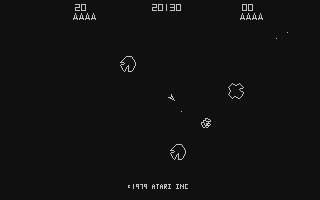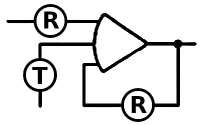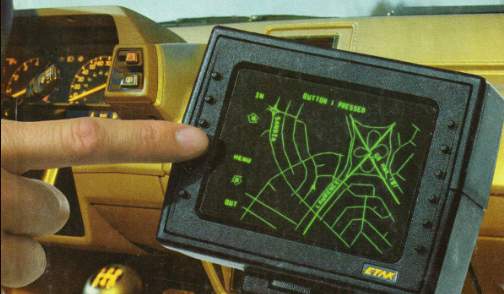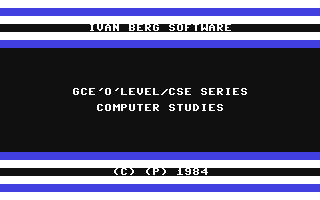One such product, may not be a household name today, but its impact on the field of navigation technology cannot be overstated. Let's delve into the fascinating history of the Etak Navigator, a revolutionary product that heralded the dawn of in-vehicle navigation systems.
A glimpse into the past
Imagine a world without GPS, where navigating unfamiliar roads meant relying on clunky paper maps and a good sense of direction. This was the reality in 1985 when the Etak Navigator was introduced, offering drivers a glimpse into the future of navigation technology.
The birth of the Etak Navigator
The story of the Etak Navigator begins with its visionary founder, Stan Honey, a world-renowned sailor with a knack for navigation. Along with serial entrepreneur Nolan Bushnell, the mastermind behind Atari and Pong, Honey envisioned a navigation system that would revolutionize the way people traveled on land.
Innovation against the odds
In an era before GPS and advanced computing power, the Etak team faced daunting challenges to bring their vision to life. They pioneered augmented dead reckoning, a technique that used sensors and topologically correct electronic maps to provide accurate navigation. This groundbreaking approach laid the foundation for modern navigation systems.
The Engineering Marvels Behind the Etak Navigator
Behind the sleek exterior of the Etak Navigator lies a series of ingenious technological innovations. From a vector CRT display to a specially designed cassette tape drive capable of high-speed data retrieval, each component was meticulously engineered to deliver a seamless navigation experience.
Overcoming Adversity
The Etak Navigator's journey was fraught with technical hurdles and logistical challenges. From navigating magnetic anomalies to compensating for inclines, the team encountered obstacles at every turn. But through perseverance and ingenuity, they forged ahead, determined to make their vision a reality.
A Legacy That Endures
The Etak Navigator may have been ahead of its time, but its impact continues to reverberate through the annals of navigation history. Its groundbreaking technologies laid the foundation for future innovations in the field, shaping the way we navigate the world today.
The Etak Navigator Legacy Lives On
While the Etak Navigator itself may have faded into obscurity, its spirit lives on in the countless navigation systems that have followed in its wake. From the familiar symbol for vehicle location to the basic concepts of map matching and geocoding, the legacy of the Etak Navigator is woven into the fabric of modern navigation technology.
Mystery of the Arrow Symbol Used in Modern Navigator Apps
When you look at the interface of any navigation app, have you ever paused to look at the icon that indicates your vehicle's location? It's a subtle yet familiar arrow pointing in the direction of travel. But why this particular icon?
The story behind the iconic arrow symbol dates back to the early days of Etak Navigator, hatched by none other than Nolan Bushnell, the visionary founder of Atari. Located in the same office building in Sunnyvale, California, both Etak and Atari shared a spirit of innovation that would shape the course of navigation technology.
In the annals of video game history, few titles hold as much significance as Atari's Asteroids. Released in 1979, this iconic arcade game quickly captured the imagination of gamers worldwide with its simple yet addictive gameplay and groundbreaking vector graphics.
The birth of an arcade classic
 "Asteroids" was the brainchild of Atari engineer Ed Logg, who was inspired by the popular space shooter games of the time. Armed with innovative vector graphics technology, Logg set out to create a game that would push the boundaries of what was possible in arcade gaming.
"Asteroids" was the brainchild of Atari engineer Ed Logg, who was inspired by the popular space shooter games of the time. Armed with innovative vector graphics technology, Logg set out to create a game that would push the boundaries of what was possible in arcade gaming.
What sets Asteroids apart from its contemporaries is its revolutionary use of vector graphics. Unlike traditional raster-based displays, which relied on pixels to render images, vector graphics used mathematical equations to define lines and shapes. This allowed for smooth, fluid motion and crisp, high-resolution graphics - a far cry from the blocky sprites of the era.
Despite its seemingly simple premise, Asteroids captivated gamers with its addictive gameplay and ever-increasing difficulty. As players blasted asteroids apart, they faced new challenges in the form of faster-moving debris and relentless enemy spacecraft. The game's unforgiving nature kept players coming back for more, eager to test their reflexes and outlast their previous high scores.
Cultural Impact of the Asteroids on the Etak Navigator
"Asteroids quickly became a cultural phenomenon, spawning countless imitators and cementing its place in the pantheon of arcade classics. Its influence extended beyond the realm of gaming, inspiring everything from music and art to fashion and literature.
George Loughmiller, the engineer tasked with designing the icon, faced a unique challenge. With Etak's vector display technology and limited CPU resources, he needed a symbol that was not only easy to read, but also efficient in its use of computing power. The traditional car symbol proved too complicated for the task at hand, requiring more lines and detail than the system could handle.
Legend has it that inspiration struck when one of Etak Navigator's engineers caught a glimpse of a pre-release demo of Atari's latest game, Asteroids. In this classic arcade game, players maneuvered a spaceship through an asteroid field using a simple triangle icon.
Recognizing the elegance and efficiency of the spaceship symbol, Loughmiller adapted it for vehicle navigation, creating the arrow symbol that would become synonymous with directionality in navigation systems worldwide.
Thus, the humble arrow symbol, born in the realm of arcade games, found its place in the digital landscape of navigation technology. From its origins in the imaginative world of Atari to its ubiquitous presence in today's navigation applications, the arrow symbol is a testament to the power of innovation and collaboration across disciplines.
In Conclusion
In the ever-evolving landscape of technology, it's important to pay homage to the pioneers who paved the way for progress. The Etak Navigator may have been a product of its time, but its impact transcends generations. As we navigate the complexities of the modern world, let us remember the pioneering spirit of innovation that fueled the Etak Navigator's journey - a true testament to the power of human ingenuity.














